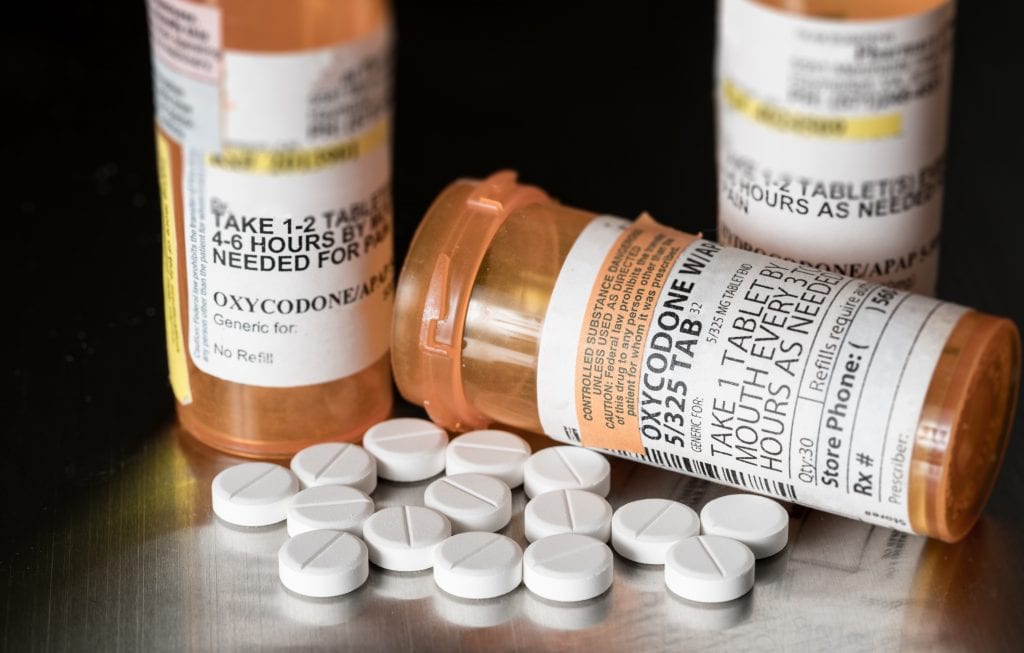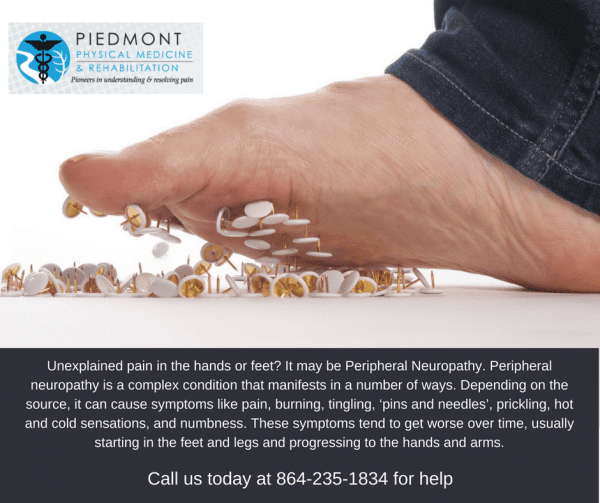When we discuss chronic pain, we often talk only about the musculoskeletal factors involved. What many patients don’t realize is that a high number of pain disorders have a strong vascular element, too. To understand the role of the vascular system, we first need to understand fibrin.
Fibrin is the first step in your body’s healing response. This tough protein substance forms a mesh-like cover over the injury site, upon which clots, scabs, and scars are built. It can be triggered in response to trauma, infection, organ failure, inflammation, and a number of other forms of cellular damage. In a healthy body, enzymes are released a few days after injury to begin breaking down and ‘cleaning up’ the fibrin deposits. However, there are many things that can interfere with healthy enzyme function, such as pain medication, persistent infection, or chronic inflammation. These factors can inhibit the healing response, leaving the fibrin deposits to build up around the wound. Over time, the fibrin becomes thick and hard, even leading to scarring in some cases. In the vascular system, this can cause narrowing and restricted blood flow.







